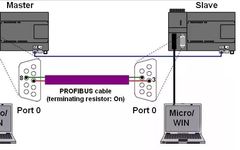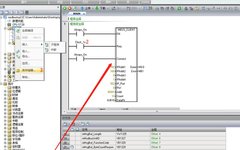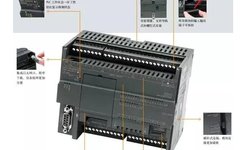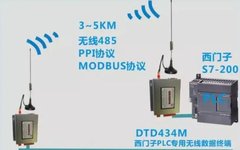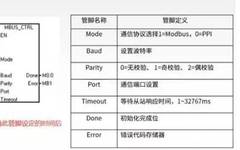Modbus-RTU Communication Example with Siemens PLC
WeChat Search Technical Training 01 Hardware Setup The Modbus communication in the program is conducted between the 0 communication ports of two S7-200 CPUs (it is best if each CPU has two communication ports). On the master side, communication can also be established using the corresponding library files “MBUS_CTRL_P1” and “MBUS_MSG_P1” through communication port 1. … Read more
